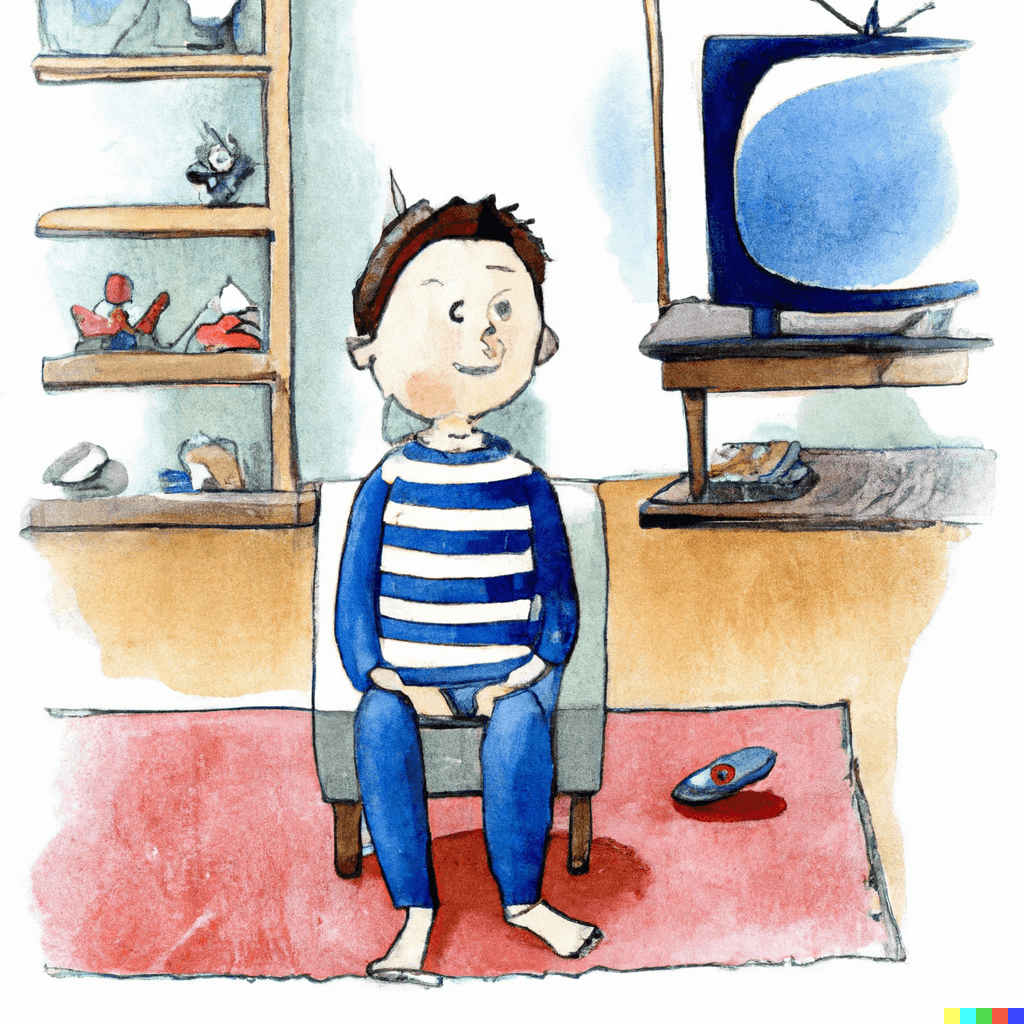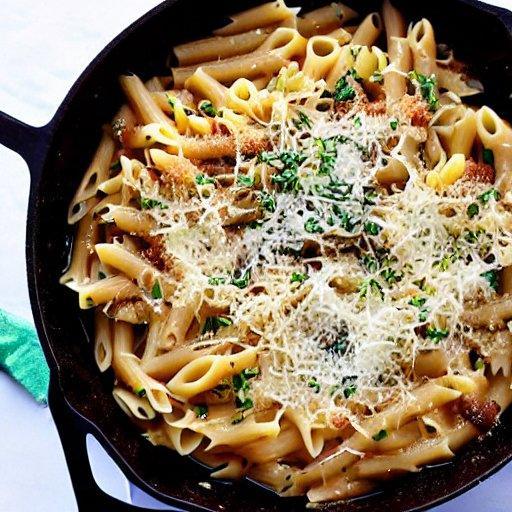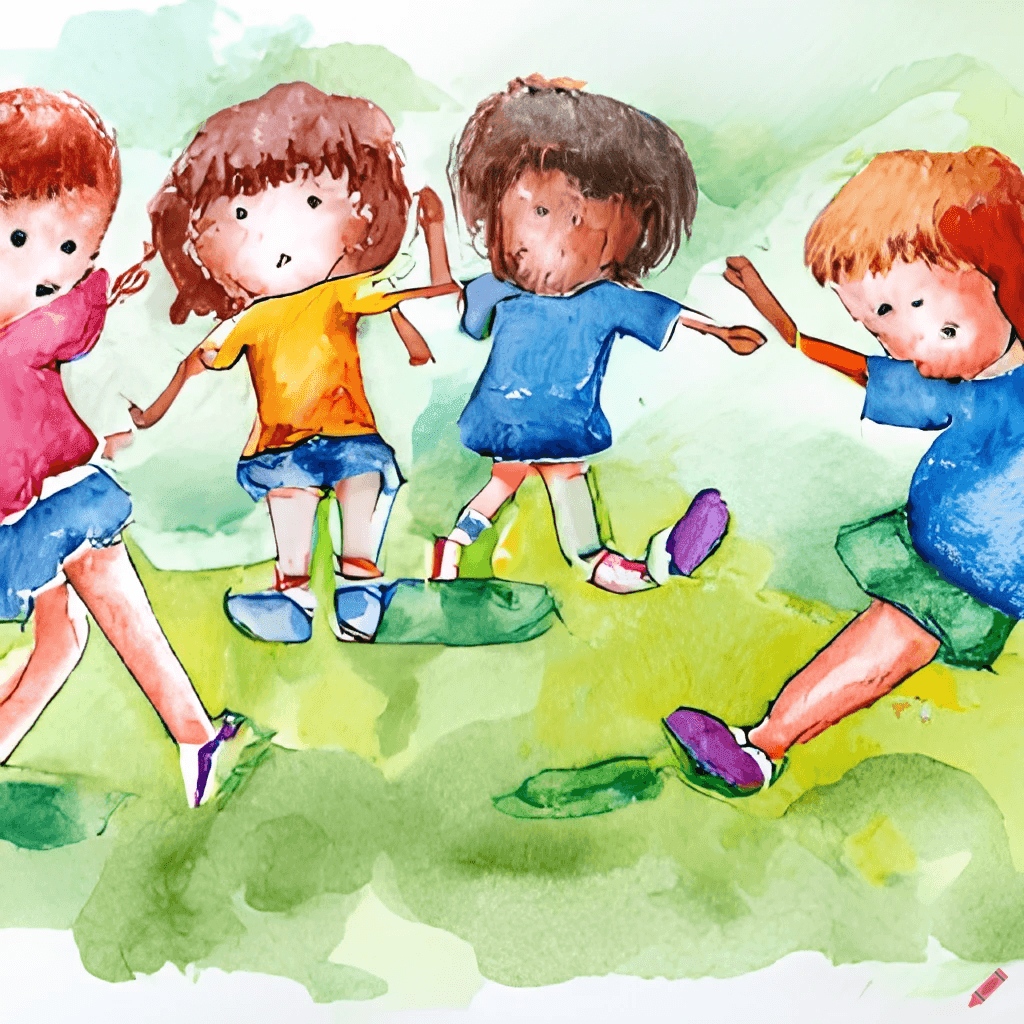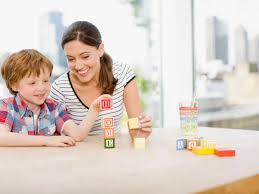Latest Blog from 4aKid
Use this age-by-age guide to find out the amount of food your child should be eating—and how to create healthy habits for a lifetime.
From Day 1, we worry about our kids getting enough to eat—yet with the childhood obesity rate at 18.5 percent, we also fret that they'll get too much. What's the right amount? To cut through the confusion, nutrition experts helped compile this guide of just how much kids need at each age, plus tips on how to stay on track. Follow their advice—and your child's weight will be one concern you can cross off your list.
AGES 1-3 Feeling Finicky
Daily Calorie Needs 1,000 - 1,400
Remember that baby of yours who happily ate chicken, squash, and most anything else that landed on his high chair tray? He's been replaced—by someone a lot less agreeable at mealtime. After your baby's first year, growth slows down and so may their aappetite. Infants need to eat about 35 to 50 calories per pound, while toddlers require roughly 35 to 40 calories per pound, according to guidelines from the Institute of Medicine. How do you know if you're hitting that target?
- Trust toddler instincts. It's natural for a 2-year-old's appetite to be erratic from day to day. Yet according to a study by researchers at the University of California, San Francisco, up to 85 percent of parents say they push their kids to eat more, giving them rewards and praise for having a couple more bites. Believe your child when she pushes her plate away or tells you she's full. Otherwise, she'll eventually start to eat when she's not hungry—and that's a slippery slope. A recent study from the University of Pennsylvania found that many overweight and obese 5- to 12-year-olds have lost touch with their own hunger cues. "Keeping a child aware of her hunger and fullness may go a long way to help prevent obesity," says study author Tanja Kral, Ph.D. Kids are just too busy to eat—after a few bites, they're hopping down from the table to play. It's okay to have healthy munchies (such as bite-size veggies, fruit, cheese, and whole-grain crackers) within arm's reach during playtime, but serve most meals and snacks at the table so eating there becomes a habit, says Dina Rose, Ph.D., a sociologist in Hoboken, New Jersey, who specializes in children's eating habits.
- Stick to a schedule. Serve meals and snacks about three hours apart. "This helps keep your child at a healthy weight by 'normalizing' hunger," says Jill Castle, R.D., author of Fearless Feeding: How to Raise Healthy Eaters From High Chair to High School. A child who's always nibbling will never feel hungry. Plus, if your child skimps at one meal, you'll both know there's another opportunity to eat in a few hours.
- Avoid food bribes. Yes, you'll get the short-term gain of a few bites of peas or chicken, but you're telling your child to eat more than she wants—which can set her up for a pattern of overeating. You're also sending the wrong message about food. "If kids think that vegetables are just the yucky stuff you have to eat to get to the good stuff, they'll never learn to really like them," says Rose.
AGES 1-3 Sample Menu
Toddlers should have a maximum of two cups of whole milk a day; switch to water if your child is still thirsty. The American Academy of Pediatrics recommends that low fat or reduced-fat milk not be started before 2 years of age unless suggested by a doctor. Have water or 100 percent juice at snack time. Don't exceed 4 ounces of juice daily.
Breakfast
- Oatmeal (1/2 cup mixed with 1 tsp. brown sugar and a sprinkle of cinnamon)
- 1/2 banana sliced
Lunch
- Bean-and-cheese quesadilla (1 6" whole-wheat tortilla with 1 tbsp. fat-free refried beans and sprinkle with 2 tbsp. shredded cheese)
- 1/4 cup chunky salsa for dipping
Dinner
- 1 oz. grilled chicken
- 1/2 cup roasted sweet potatoes
- 1/2 cup steamed broccoli (toss with 1/4 tsp. olive oil and 2 tsp. Parmesan cheese)
Snacks
- 1/2 cup low-fat flavoured yoghurt with 1 whole-grain waffle cut into strips 1/2 apple, sliced, with a piece of string cheese
AGES 4-6 Branching Out
Daily Calorie Needs 1,200-1,800
While you were able to keep tabs on what your toddler ate, kids this age might consume about 40 percent or more of their calories away from you, usually having snacks and lunch at school or on after-school playdates. "Keep snack portions on the small side, and boost the amount of food by about one third at the main meals," suggests Sarah Krieger, R.D. Other tips:
- Make a lunch date. Some schools allow parents to drop by and have lunch with their child once in awhile, or at least volunteer in the lunchroom. "Most kids this age are slow eaters, and end up throwing out a lot of their lunch," says Liz Weiss, R.D., co-author of No Whine With Dinner. "So don't count on your child getting all the calories in her lunch box. Adjust her lunch size accordingly, and plan for a bigger breakfast or dinner."
- Watch out for emotional eating. If your child is constantly asking for snacks, he may be eating out of boredom or even anxiety. Use a "hunger scale" with your kids: 0 is totally empty, 10 is totally full, and 5 is neither hungry nor full. "If he's above a 5 and asking for food, he's probably eating for emotional reasons," says Susan M. Kosharek, R.D., author of If Your Child Is Overweight: A Guide for Parents. He's old enough to understand emotions, so help give words to his feelings by asking, "Are you angry? Are you worried?" Then help him problem-solve or distract him from the situation without using food.
- Serve family-style. Allow your child to serve herself—without any prompting or pressuring from you—and she'll likely take a portion that's just the right size. "Some parents unknowingly over-feed by giving adult-size portions, and kids get used to eating those larger amounts," says Castle.
AGES 4-6 Sample Menu
Serve meals with 3/4 cup of milk—the AAP recommends fat-free or low-fat milk for kids over age 2; switch to water if your child is still thirsty. Have water or 100 percent juice at snack time. Don't exceed 6 ounces of juice daily.
Breakfast
- 1 small whole-wheat bagel spread with 1 tbsp. nut or seed butter
- 1/2 cup fruit salad
Lunch
- 1/2 turkey-and-cheese sandwich on whole-wheat bread
- Yellow pepper strips with 2 tbsp. low-fat ranch dressing
- 1/2 cup sliced strawberries
Dinner
- 2 oz. fish (such as cod or tilapia)
- 1/2 cup cooked brown rice
- 4 asparagus spears roasted in olive oil
Snacks
- 1/4 cup hummus and 10 baby carrots
- 1 small box raisins
AGES 7-9 Playing Hard
Daily Calorie Needs 1,200-2,000
Your child's growth slows down more during this time—kids gain about four to seven pounds each year until puberty—but calorie needs rise because many kids are more active. "Sports and after-school activities like dance and karate are increasingly intense at this age," says Weiss. "So kids end up burning more calories." These pre-tweens often get to make a lot of their own food choices too—from deciding what to have in the cafeteria to how much to eat when at a friend's house. Make sure they fuel upright:
- Keep an eye on weight. There's a surge in the percent of overweight and obese kids in the years leading up to puberty. "It's normal for kids this age to become heavier in preparation for an impending growth spurt, but if treats get out of control, your child can gain too much weight," says Castle. She suggests limiting treats to one a day, and teaching your child to opt for water instead of soft drinks and other beverages with added sugar.
- Plan for sports. Give your child a healthy meal or snack containing carbohydrates (such as whole-grain cereal or bread) and protein (such as lean meat, yoghurt, or milk) before games. She doesn't need anything except water to drink during and after exercise. Offer sports drinks only if she's playing hard on a hot day for more than an hour, with back-to-back soccer games, for example.
- Serve (some) favourites but don't be a short-order cook. Be sure there are always foods on the table that your child likes—such as fruit, whole-grain bread, or a favourite grain side dish—so she can still be nourished even if she doesn't love the entrée.
AGES 7-9 Sample Menu
Serve meals with 3/4 cup of 2% milk; switch to water if your child is still thirsty. Have water or 100 percent juice at snack time. Don't exceed 8 ounces or 1 cup of juice daily.
Breakfast
- 1 whole-wheat pita filled with 1 scrambled egg
- Sliced orange
- Pasta salad (1 cup whole-wheat pasta mixed with 1/2 cup sliced cherry tomatoes and 1 oz. cheese cubed and drizzled with 1 tsp. olive oil)
- 1 apple
Dinner
- 2 pieces cheese pizza topped with grilled chicken
- 1/2 cup broccoli with 2 tbsp. low-fat dipping sauce
- 1 small piece of chocolate
Snacks
- 1/4 cup each almond and dried chopped apricots or cherries
- 1 cup edamame sprinkled with salt
Calorie Calculator
Although you shouldn't count your kid's calories every day, it's smart to know about how many are needed. Plug your child's weight, height, age, and activity level into the calculator at bcm.edu/cnrc for a precise number.


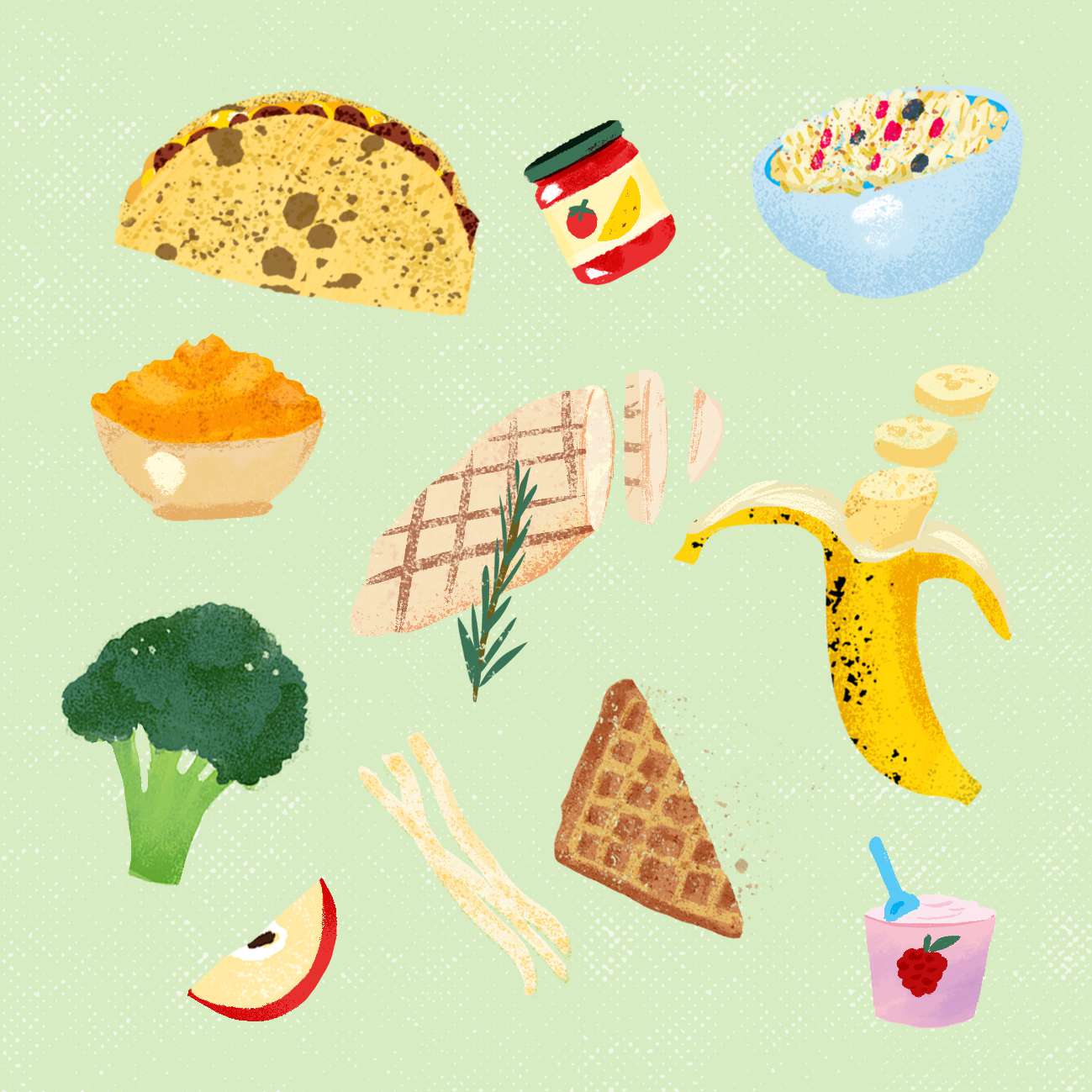 ILLUSTRATION BY LUCIA CALFAPIETRA
ILLUSTRATION BY LUCIA CALFAPIETRA ILLUSTRATION BY LUCIA CALFAPIETRA
ILLUSTRATION BY LUCIA CALFAPIETRA

